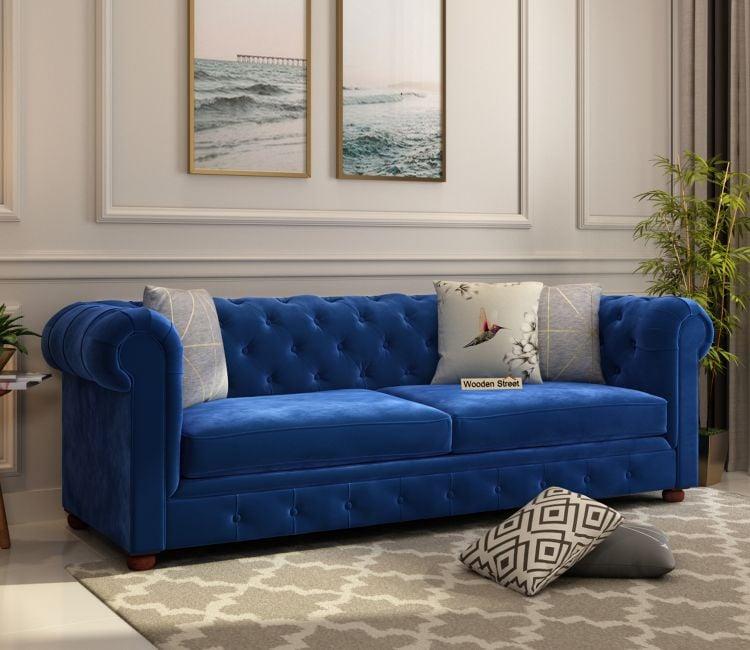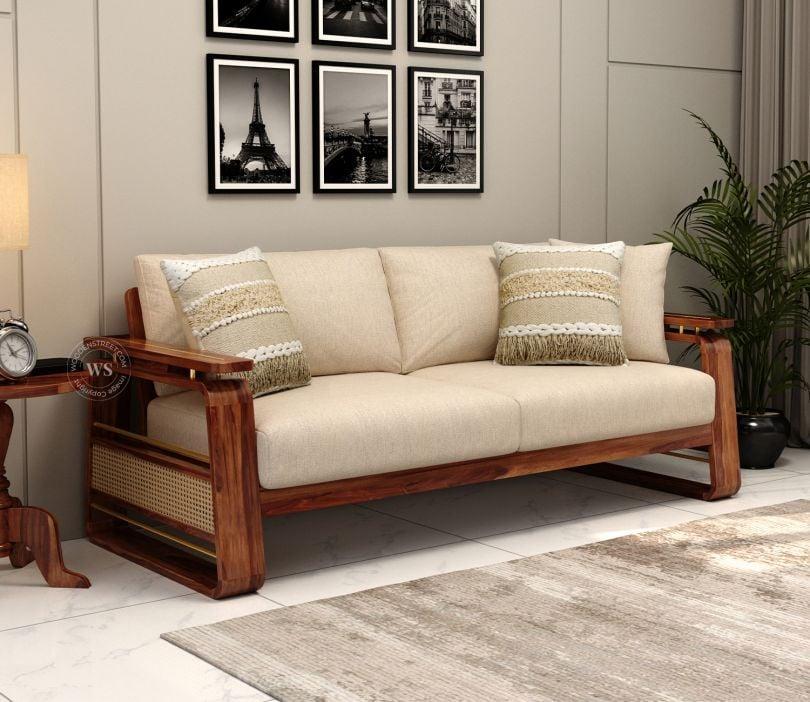A sofa set is not just a piece of furniture—it is the heart of your living room, the focal point of your family gatherings, movie nights, and leisurely weekends. Choosing the right one can elevate the ambiance of your space while offering comfort, style, and durability. But with so many styles, materials, and configurations available in the market, how do you make the right choice?
Here’s a comprehensive guide to help you make a well-informed decision when investing in a new sofa set.
1. Assess Your Living Room Space
Before diving into the aesthetics, the first step is to evaluate the size and layout of your living room. A large sectional might look impressive but could overwhelm a small room. Conversely, a compact two-seater won’t do justice to a spacious hall. Take precise measurements of your available space, and don’t forget to consider walking space, door clearance, and the placement of other furniture items.
Also, think about the room’s layout. Will the sofa be placed against a wall or float in the middle of the room? These factors influence the type and shape of the sofa you should choose.

2. Define the Purpose and Usage
Understanding how your sofa will be used is crucial. Is it going to be your go-to spot for lounging after a long day? Will you host guests frequently? Do you have pets or kids who might jump and play on it?
When you buy sofa set, ensure it aligns with your lifestyle. For high-traffic use, prioritize durability and stain-resistant fabrics. If aesthetics are your main concern for a formal sitting area, you might opt for a more elegant design with delicate fabrics.
3. Choose the Right Material and Fabric
The fabric of your sofa plays a huge role in its comfort, maintenance, and longevity. Here are some popular options:
-
Leather: Offers a classic and luxurious look. It’s durable and easy to clean but can be expensive and may feel sticky in hot climates.
-
Fabric Upholstery: Comes in various textures and colors, offering a warm and inviting feel. Cotton, linen, velvet, and microfiber are popular choices.
-
Synthetic Blends: Ideal for households with pets or children as they resist stains and wear better over time.
If you live in a humid area, choose breathable fabrics like cotton. For colder climates, plush materials like velvet can add warmth.
4. Evaluate the Frame Quality
A good sofa must have a strong frame to ensure it lasts for years. Solid hardwood frames are the most durable but tend to be more expensive. Plywood and particleboard frames are lighter on the wallet but may not offer the same durability.
Check the frame joints—those that are glued and screwed together are generally more robust than those joined with staples or nails.
5. Pick the Right Style and Design
Sofa sets come in a variety of styles to suit different tastes and interiors. Some common types include:
-
Chesterfield: Known for its rolled arms and tufted back, perfect for classic or traditional décor.
-
Sectional: A modular sofa that can be arranged in multiple ways, ideal for large families or open living areas.
-
L-shaped: Efficient for corners and helps in maximizing space.
-
Sleeper Sofas: Multi-functional options that work well in small apartments or guest rooms.
Select a style that complements your existing décor while offering the comfort and functionality you need.
6. Check Cushioning and Comfort
The inside of your sofa matters as much as the outside. Cushioning should offer a good balance between softness and support. Common cushion fillings include:
-
Foam: Firm and supportive, retains shape well.
-
Feather/Down: Soft and luxurious but requires regular fluffing.
-
Polyester: Budget-friendly but may compress over time.
Sit on the sofa before buying to ensure it feels right. Check the back support, seat depth, and overall ergonomics.
7. Consider the Color Scheme
Color can make or break your room’s visual harmony. Neutral colors like beige, gray, or navy blue are versatile and timeless. Bright colors can add a pop of personality, while darker shades are more forgiving with stains.
Consider your wall color, flooring, and other furniture items when selecting the color of your sofa set. Also, factor in how colors may fade over time with sun exposure.

8. Think About Maintenance
Different materials and designs require varying levels of maintenance. Leather is relatively easy to clean, whereas light-colored fabric sofas might demand frequent vacuuming and occasional deep cleaning.
If you're concerned about upkeep, look for removable and washable covers or choose a darker fabric that can hide minor stains and wear.
9. Budget Wisely
Price is always a major consideration. While it’s tempting to go for the cheapest option, remember that a sofa is a long-term investment. A high-quality piece may cost more upfront but will save you money in the long run by avoiding repairs or replacements.
Compare different brands, materials, and features to get the best value for your money. Some online retailers also offer customization options at competitive prices.
10. Explore Customization and Add-Ons
Many furniture brands offer customizable sofa sets where you can select fabric, color, leg style, and even cushion firmness. This allows you to tailor your purchase to your exact needs and preferences.
Additional features like storage compartments, recliners, or USB ports can add functionality and convenience to your sofa set.
11. Read Reviews and Warranty Details
Before finalizing your purchase, read customer reviews to get insights into product quality and service. Look out for common issues like sagging, discoloration, or poor stitching.
Also, check the warranty policy. A good warranty can give you peace of mind and reflects the manufacturer’s confidence in their product.
12. Think Long-Term
Trends come and go, but your sofa will likely be with you for several years. Choose a design and material that won’t go out of style quickly. Opt for something timeless that can adapt to evolving interior themes.
If you plan on moving in the near future, consider whether your current choice will fit in a different space as well.
Conclusion
Buying the perfect sofa set involves much more than picking something that looks good. You need to consider your room size, usage patterns, material preferences, comfort needs, and future requirements. The right sofa is one that brings balance to your space in both function and design.
Take your time to explore various options, test them in person if possible, and don’t hesitate to invest a little more for quality and durability. After all, a good sofa set isn’t just furniture—it’s where memories are made.
